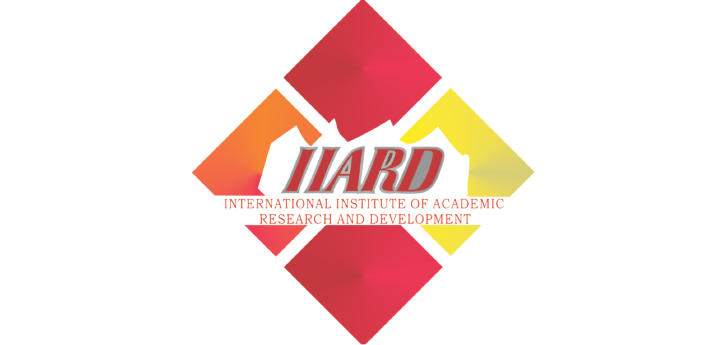The Importance of Integrating Assistive Technologies: Reflections
Mattia Caterina Maietta, Mariam Maisuradze, Maria Giovanna Tafuri
Abstract
The integration of students with disabilities is a fundamental challenge for the contemporary education system. This article analyses the role of assistive technologies as enabling tools to promote school inclusion and improve the learning experience of students with special educational needs. Various specific devices and software are examined, as well as innovative pedagogical strategies that allow teaching content to be adapted to different needs. Through a critical review of the literature and case studies, the concrete benefits of the integrated use of assistive technologies are highlighted: greater autonomy, active participation and improved cognitive and relational skills. The article concludes with operational recommendations for teachers and educational institutions to promote an inclusive environment that is truly accessible to all.
Keywords
References
Caprino, F., Chipa S., Galletti, A., Moscato, G., Orlandini, L., Panzavolta, S., (2022). When
space includes 1 Designing inclusive learning environments. Vol. 21, February 2022.
31-53. 10.14605/ISS2112202.
CAST (2019), UDL Guidelines-Version 2.2 on http://udlguideelines.cast.org/more/downloads
DβAnna, O. (2023). Innovative learning environments: Media Education and Digital
Storytelling in teaching practice and teacher training from an inclusive perspective.
Media Education, 14(1).
Inclusive Digital Education β Policy Brief - European Agency Digital Education Action Plan
(2021-2027) - European Education Area
Lo Piccolo, A. et al. (2025). Special Pedagogy and Artificial Intelligence: technologies and
training for conscious inclusion. Italian Journal of Special Education for Inclusion,
XIII, 1, 130-138 https://doi.org/10.7346/sipes-01-2025-10
Mosa, E., Tosi, L. (2016). Innovative learning environments β An overview of research and
case studies. Bricks, 6(1), 9-19.
Nuzzaci, A. (2022). IP-Lab 1: Innovative teaching. Mizar. Constellation of thoughts, 2021(15),
12-14.
Ricci C., (2019), (ed.), Building an Inclusive Digital Society for Persons with Disabilities. New
Challenges and Future Potentials, Pavia, Pavia University Press, pp. 166
Scarinci, A., di Furia, M., & Peconio, G. (2022). Innovative digital learning environments: new
paradigms. Training, work, person, 36, 22-38.
Selwyn, N. (2016). Is Technology Good for Education? Toronto. ON: Wiley.
https://www.scuola7.it/2025/429/dal ISTAT report, a reflection on inclusion β Scuola7.it

